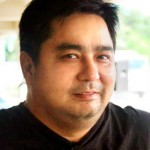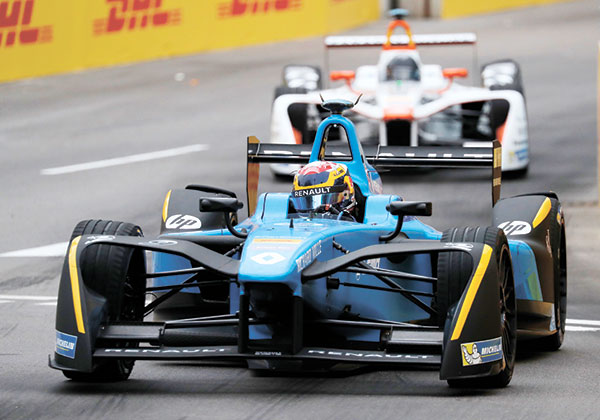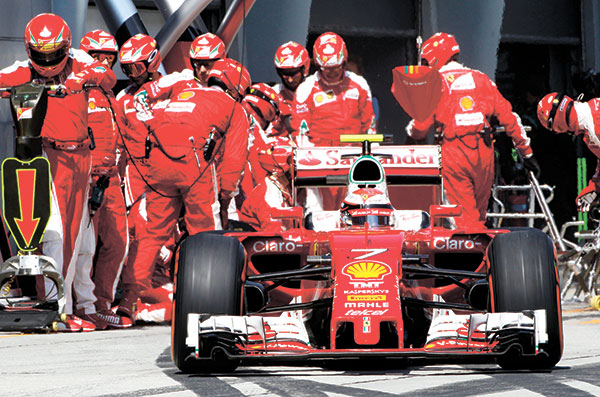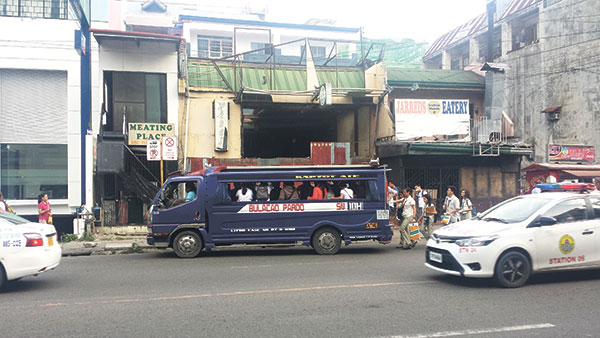Preparing for the Maskarera
 Atty. Jerome G. Neri
Atty. Jerome G. Neri
The Scrutineer
I’VE been busy preparing for the upcoming Maskarera Drag Race. This is a race coinciding with the Maskara festival in Bacolod City AKA City of Smiles. Competition is getting very tough and this year it will be difficult for the car I tuned to defend its title last year. So, we are leaving no stone unturned for this upcoming race.
Last year the overall quick 8 champion was Paolo Rojas, driving a GC8 Subaru STI that I tuned. We clocked an elapsed time of 11.1 seconds at 122 miles per hour in the quarter mile. This year it is expected that such a time will not even be in the top 3. This is how competitive racing in the Visayas has become.
Just last week Bacolod Motorsport, the race organizers, set up a practice day. It was an opportunity to test the improvements of the car and I was very satisfied with it. The car did a best time of 10.6 seconds at 131 miles per hour. However, there are also a couple of cars that are in the mid 10s. This will be a tough race.
Last year our Subaru had 570 horsepower. This year it is already over 700 horsepower. Our 10.6 run in the practice session is not representative of the performance the 700+ horsepower should give. We now have traction problems. Despite being an all-wheel drive car, the Subaru was spinning all four wheels in 1st and 2nd gears. That is horsepower being wasted and it will cost time. We should be in the low 10 seconds or high 9 seconds with the horsepower we have.

Having 700+ horsepower on a four-cylinder engine is a lot. I have been asked many times what was done and/or what is needed to achieve such power. Fist and foremost is strengthening the engine. In a four-cylinder engine, having anything over 400 horsepower would mean that each cylinder is producing more than 100 horsepower and that is a lot of stress to the engine components. Specialty parts are needed such as forges aluminum pistons, connecting rods and crankshaft made from forged steel. All the nuts and bolts holding key components must also be of high-tensile strength. The cylinder block is reinforced.
After having the components that can handle the stress and violence of high horsepower, the next thing is the selection of parts that can increase the airflow of the engine. The more air you can flow through the engine, the more horsepower one has. To achieve this, aftermarket air-intakes, manifolds and exhaust system must be installed. It is important that these are properly sized for the horsepower target. A camshaft with a longer duration and higher lift is also required.
Usually camshafts are advertised as stage 1, stage 2 and stage 3. The higher the stage, the more top-end power you get at the sacrifice of low end power. Usually, a Stage 1 camshaft is a street cam, stage 2 is a compromise between street and strip/racetrack, while stage 3 is for racing only and would not be comfortable to drive at slow speeds.
A four-cylinder engine cannot achieve crazy horsepower numbers naturally aspirated, and a proper power adder is needed. The selection of the properly sized power adder is next, whether it be a Turbo, Supercharger or Nitrous Oxide. Too small or too big will not give the proper horsepower.
It is the correct combination of high-performance components that can bring out the power. The saying bigger is better is an absolute falsity in the recipe for more horsepower.



